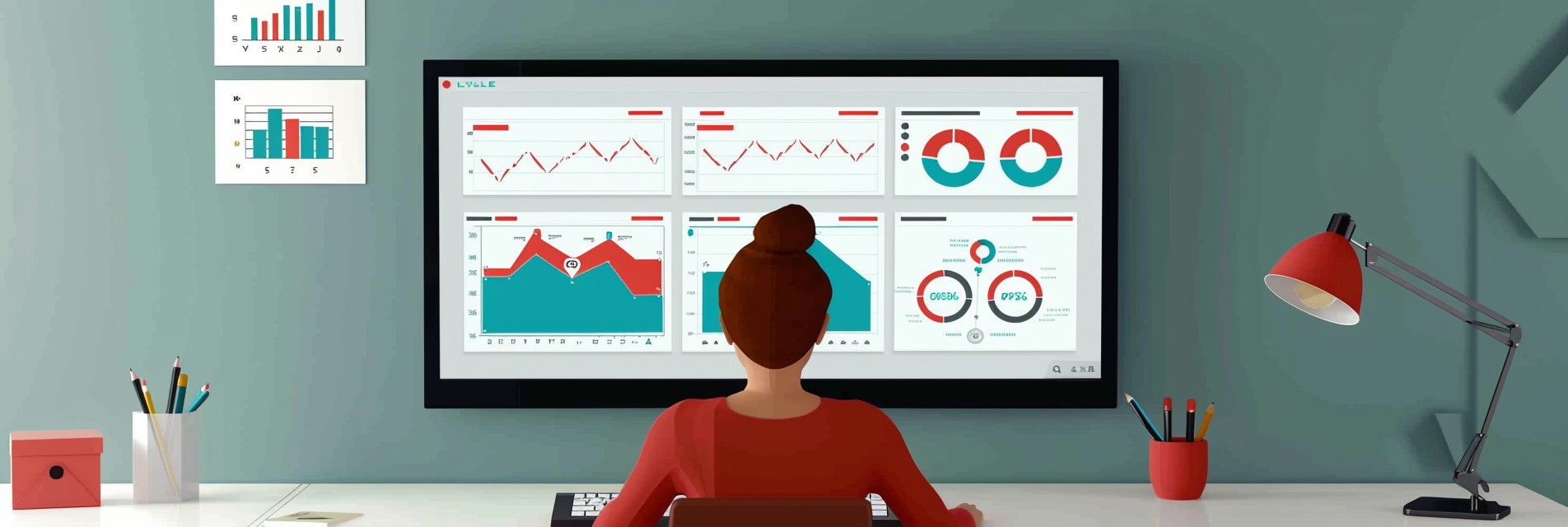 400-076-6558智领未来,外贸超级营销员
400-076-6558智领未来,外贸超级营销员
 400-076-6558智领未来,外贸超级营销员
400-076-6558智领未来,外贸超级营销员
In my years of experience in foreign trade, I have seen many contracts erode due to risks that could have been mitigated. Successfully navigating foreign trade risks involves a structured approach to contract management and understanding your international business environment. This article takes you through effective strategies, bolstered by real-world cases, to safeguard your agreements and optimize your trade flow.
Before we can tackle the risks associated with foreign trade contracts, we first need to identify them. Common risks include:
For instance, in 2021, a client of ours faced a loss of over $50,000 due to an unexpected exchange rate fluctuation that affected their profit margins severely. Such experiences underline the necessity of thorough risk analysis.

The cornerstone of minimizing risks lies in a robust risk management plan. Here are vital steps:
For instance, we revised a client's contract to include a force majeure clause when engaging with a supplier from a politically unstable region, which, in turn, protected them from unforeseen disruptions.
Engaging with legal professionals familiar with international trade law is crucial. In one of my cases, we had a client enter a deal without a thorough legal review. Unfortunately, they faced a lawsuit stemming from non-compliance with local regulations, amounting to losses totaling $120,000.
Additionally, make sure that you understand applicable tariffs, taxes, and duties, which can significantly impact overall costs.

Effective documentation serves as the backbone of risk management. By keeping detailed records, you create a trail that can be followed in case of disputes. During a particularly tumultuous quarter, one of my clients managed to resolve a payment dispute by showcasing well-organized documentation of every correspondence and transaction.
Moreover, consider using technology solutions for tracking agreements and amendments. With robust systems, you can enhance clarity and reduce miscommunication.
The international business landscape is incredibly dynamic, and so should your strategies be. Utilize analytics to monitor market trends and adjust your plans accordingly. For example, regularly tracking the political climate of your partner's country can alert you about risks before they escalate. By adapting timely, one of my clients managed to pull out of a contract with a supplier in a region facing unrest, saving them potential losses upwards of $200,000.

Reducing foreign trade contract risks is no small feat, but with the right strategies in place, your chances of success will significantly increase. By identifying risks, developing a comprehensive risk management plan, utilizing legal expertise, implementing robust documentation practices, and regularly monitoring and adapting your approach, you can protect your business interests and thrive in the international market.
As you navigate the complexities of foreign trade, remember that preparedness and agility are key to minimizing risks and enhancing your overall trade success.
.png?x-oss-process=image/resize,h_100,m_lfit/format,webp)
.png?x-oss-process=image/resize,h_100,m_lfit/format,webp)

.png?x-oss-process=image/resize,h_100,m_lfit/format,webp)
.png?x-oss-process=image/resize,h_100,m_lfit/format,webp)
.png?x-oss-process=image/resize,h_100,m_lfit/format,webp)
.png?x-oss-process=image/resize,h_100,m_lfit/format,webp)
